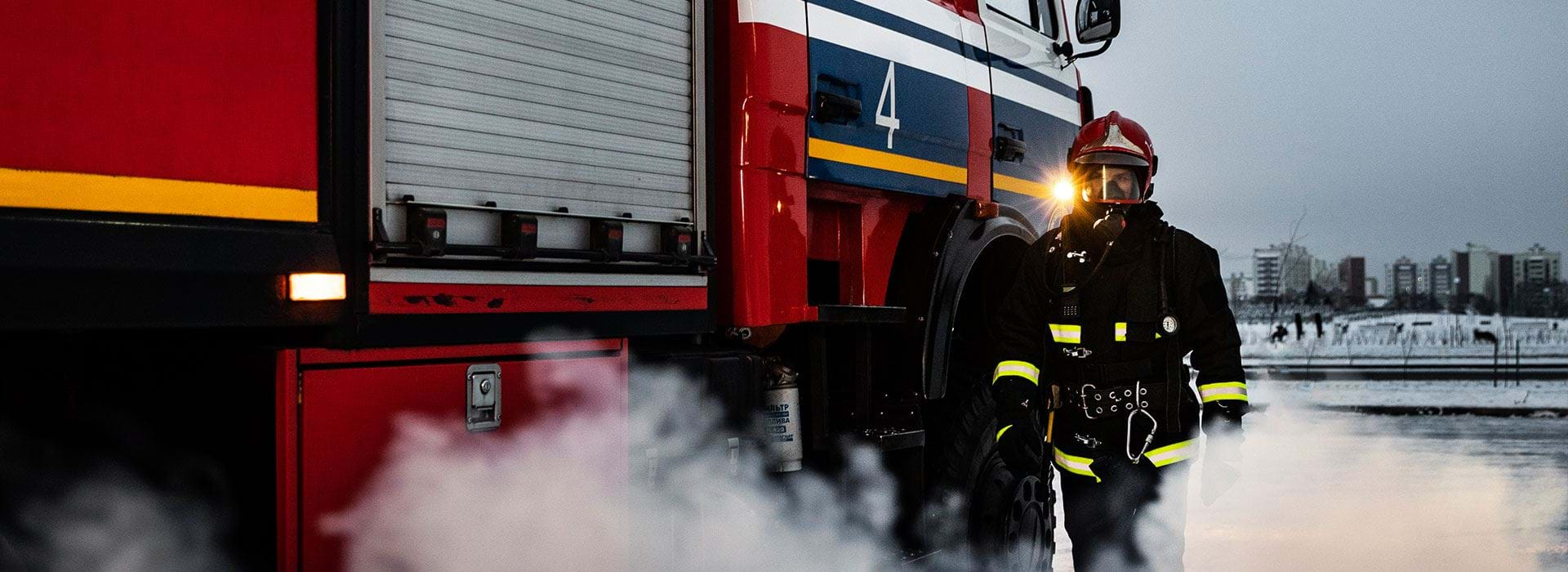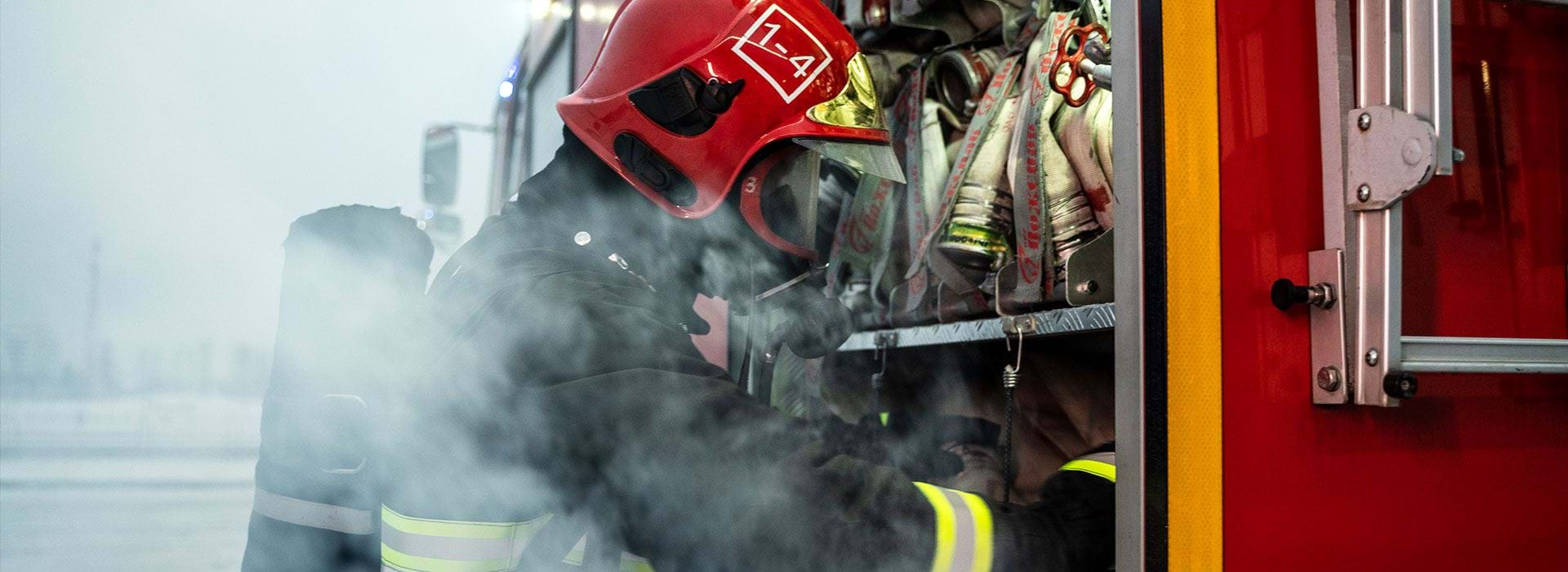Fixed Risk Analysis
In order to issue an efficient new road map related to issues of negligence, inattention and accident which can be controlled and prevented:
1- The nearest water resource (pool, pond, sea, stream, water tank, hydrant or ecotank)?
2- The nearest electrical energy source( transformer, energy transfer line or generators)?
3- The nearest way of transportation ( for asphalt, stabilized, pathway, evacuation, extinguishing and sabotages ?)
4- Distance to the nearest firefighting team? (Municipality, forest, military unit, factory, tourism facilities, fire brigade of neighboring sites, airport, port, etc.)
5- Type of surrounding forest? Length? Burn intensity? In what ways can it create a threat?
6- How is direction of the dominant wind? Is it North or South wind? The areas it affected firstly? What is the frequency of the winds blowing in the dry season and what are the wind directions mostly? (such as world wind atlas, poseidon, windy weather )
7- Emergency assembly points for vehicles and manoeuvre ? ( ambulance, sprinkler, multiple evacuation truck or tractor)
8- Emergency assembly points and safe areas for people?(swimming pools+mobile kitchen+potable water+ oxigen tubes and temporary accommodation places like tent, caravans)
9- Establishment of artificial lakes in places with insufficient water resources? ( to retard burning through sprinkling combustible surfaces with water shields by providing transportation with water or underground water resources and through covering it with clay-content compounds)
10- Removal of combustible substances around site? (pruning of subbranches and parts of trees contact in electrical wires, isolation of thin combustibles in the lower layer close to the earth by coating them with clay compounds)
11- Extinguishing equipment in site?(mobile firefighting vehicle, water tank behind the tractor, hydrants, disinfection pulverizators, small mobile water tanks for each house, fireproof hoses, diesel motor pumps that can be mounted behind the pickup, fire fighting equipment and materials, transport baskets that can be installed on motorcycles, wheelbarrows etc.)
12- The fire alarm and observation systems to be installed in the point dominating facility ?( Thermal cameras and warning systems which are sensitive to smoke or heat and operate in case of danger )
13- Is there any evacuation centers for people in site from land, air or sea? ( basketball field , square, park, heliport, pier for Zodiac boats.)
14- Where is risky energy transfer lines?
15- What can be done for danger of fire in these risky lines? (undergrounding the lines, pulverizing the clay on the thin combustibles on the ground? pruning the branches in contact with the lines, will we isolate the outer surface of these lines? Or combustible material under this line? Problems related to expanding and hanging wires due to hot weather and deflection and arcing due to moisture and wind? Make bypass energy lines by supplying the energy obtained from the lines with solar and wind energy from other renewable sources)
16- The support of non-governmental organizations regarding fires and protection of environment ?
17- What happens if fire breaks out? Payable compensations, insurance guarantee, legal technical preparations for potential life and property losses
18- To predict the determination of the risks to be exposured for the companies responsible for risky energy transfer lines; to have required works done in these lines, to apply to the authorities regarding legal liabilities of the fires which may occur near lines in the future, to make contract with lawyers?


